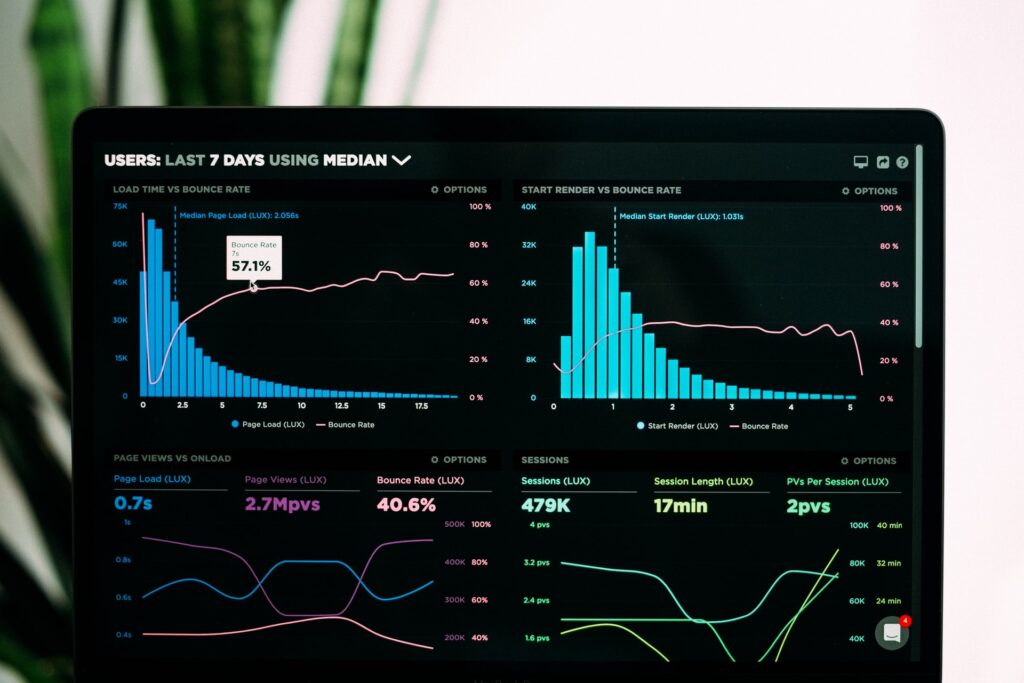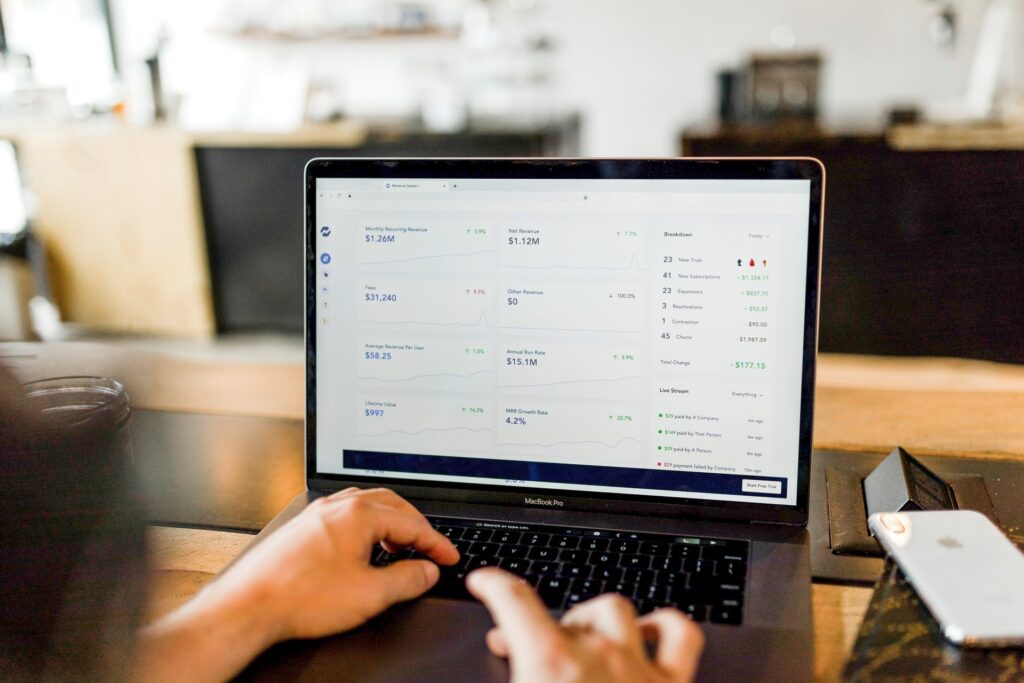
Broadly stating, options trading is a contract where you get the purchaser’s rights to sell or buy a stock, within a predefined time period. It allows investors to speculate and trade on rising markets, as well as on the following markets. If you play smartly, options allow you to hedge the losses, when the stock prices are going down.
Two kinds of options trading

- Call/Buying – You can choose to call or buy if you feel that the price of a particular stock will keep climbing. If you get it right, then you stand to earn profits at the agreed deadline of the contract.
- Put/selling – Options also allow you to take profits when the prices of the stocks you choose go down instead of climbing. Even when your stock prices are falling, you can use the opportunity of options trading to hedge the losses. It is termed as put trading or selling.
Options trading get affected mainly by the underlying security’s price, expiration time, and market volatility. You can also go for the strike price where you speculate the stock to hit a certain mark within the defined time. The strike price you choose could be the value below or above the current stock or currency exchange price.
1. Understanding of Time value & moneyness in options trading
Moneyness is basically the term to describe the condition of the stock in the market. It is classified into 3 types:
- In-The-Money [ITM] – ITM means the price is above the strike price and its premium costs extra because it can be sold instantly for a profit
- At-The-Money [ATM] – ATM means the price is close to the current market price.
- Out-Of-The-Money [OTM] – OTM means less than the strike price, so has no extra value, as currently, it is not in profit.
They are referred to as the intrinsic value that helps traders to determine the strike pride to trade on. Time value is extrinsic value. If the option goes OTM by its expiry date, then you can sell it and collect a time premium. If the time value is high, the premium is high and vice versa.
2. Historical versus implied volatility

In options trading volatility refers to the extent of price swings for a particular stock. High volatility means it holds high risks but can yield high profits, and vice versa.
- Historical volatility. This metric allows us to measure daily stock price fluctuation across one year.
- Implied volatility– If is estimated volatility of the underlying asset’s future.
You can gain insights into implied volatility on SteadyOptions. It is an online trading resource, where you can learn proven strategies for making money with options trading. Getting knowledge about implied volatility will help you in calculating the probabilities.
3. How to efficiently trade options?
Firstly, you will need a reliable brokerage platform. While registering with a brokerage firm, you will need to provide information on the options you desire to trade, your investment goals, trading experience, and personal financial details.
On the other hand, you will also need to do some research on brokerage firms before choosing the right one. Choose a brokerage platform that offers tools, guidance, support, and research that is crucial for trading.
4. Consider core elements of options trade

When an options contract is to be purchased for selling or buying a specific stock at a pre-established price and date, you will need to make some strategic choices for positioning the trade.
5. Determine the direction you feel the stock will move
If you feel the stock price is going to climb, then you will need to purchase a call option. The call option contract offers you the right to purchase a specific stock at the current price and expiry date.
On the other hand, if your market analysis suggests that the stock price will collapse, then you will purchase a put option. Put option contract offers the right to sell a specific stock at the current price, before the expiry date.
6. Predict the strike price

Here you will speculate how low or high the underlying asset’s price will fluctuate, from where it currently stands. You are basically predicting the strike price that it will touch within the options contract expiry.
Generally, you cannot select any strike price of your choice. In the option quotes, you will get a list of available strike prices to choose from. The price paid for an option is called the premium, which will include a certain percentage of brokerage commission. The premium has intrinsic price value and extrinsic [time] value.
- Intrinsic value means the difference between the existing share price and strike price.
- Extrinsic value means whatever is remaining. It depends on stock volatility, expiry time, and interest rates.
E.g. if the stock price is $120 and the strike price is $100, it means the intrinsic value is $20. If the premium is $28 then the time value is $8.
If the price closes in-the-money [ITM] before the expiry date, then your trade will be profitable. For call, ITM is above the strike price. For the put, it will be below the strike price. You will need to buy an option and predict the strike price during the lifecycle of the stock. You will still win the trade if the market fluctuates in any direction after hitting the strike price.
For example, you felt that XXX Company’s current stock price at $90 will –
- Increase to $118 in the near future. You can place a call option with a strike price of $118. If the price of the stock hits the strike price before the deadline, then your option is ITM.
- Will decrease to $75 shortly. Here, you can place a put option with a strike price of $75 or above. If the price of the stock drops and touches the strike price, then again your option is ITM.
7. Determine the best timeframe when the stock will possibly move

Options trading contracts are always accompanied by expiry date. It means that you get an ultimatum to exercise the trade, after which the trade closes automatically. Your choice is limited in terms of dates when you place a call. The expiry dates range from days to months, and even years, depending on the type of trading you choose.
The daily and weekly trading is extremely risky, which is why mostly the experienced investors venture into it. Long term investors prefer the options with monthly and yearly expiry dates. Those with long expiry allow stock price space to move, and the investment proposal to play out.
The time value of options decay as the expiry date approaches, therefore the trader takes action even if the value is declining. As they don’t desire to watch their shares expire worthless if the options conclude below the strike price. You get this facility, only if you sign up long-term contracts.
As a good practice, never hold your put or call options until the expiry date. If you find the price rising fast, then you can terminate the contract instantly to enjoy the benefits, even if there is one month left for expiry.







